Balraj Sahniin Garam Hawa (Scorching Winds), 1974
Films about partition are usually angry in their tone. Garam Hawa is downbeat and elegiac. Sahni is the head of a Muslim family that is coming apart after the Partition of India. He fills his character with dignity, grief and is never maudlin. Sahni was a natural actor and that’s what helps his character.
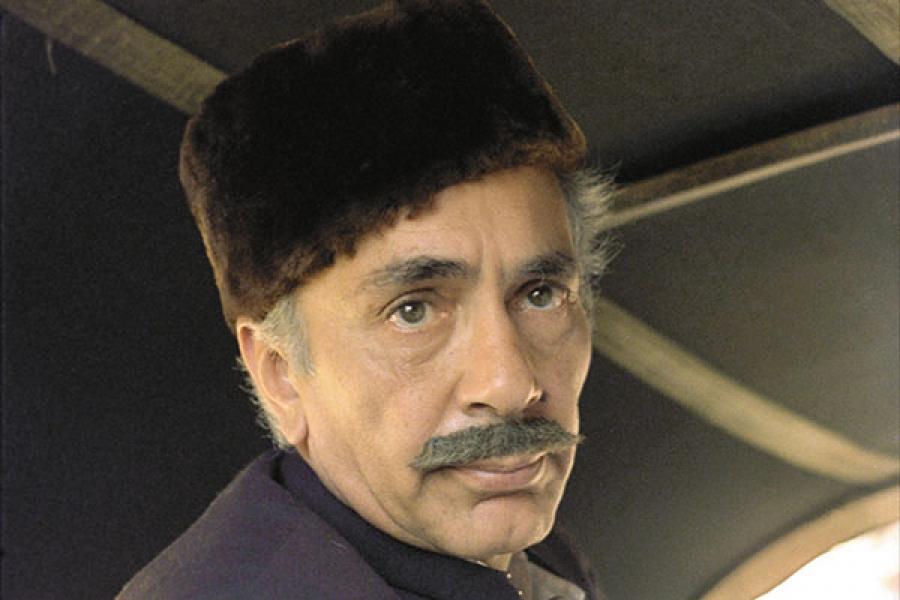
Image: Indikino Edutainment
Balraj Sahni in Garam Hawa
Utpal Dutt
in Bhuvan Shome, 1969
An ageing and strict government employee takes a vacation in the wilderness. He comes back a changed man. He is kinder, gentler and more connected with himself than before. Dutt conducts a masterclass in acting where he goes from being a martinet to being confused and clumsy and finally, a liberated soul.
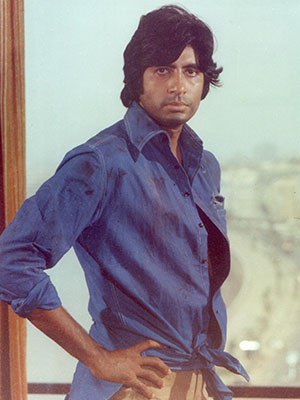
in Deewar, 1975
Bachchan’s breakthrough was Zanjeer, but the Vijay of that film was angry and sullen; his acting largely focussed around only one emotion: Anger. In Deewar, he assembles the entire orchestra of rage. Deewar’s Vijay was defiant, cool, cocky, unreasonable and full of pathos.
Amjad Khan
in Sholay, 1975
The rasping voice, the arrogant swagger, the evil laugh, that malevolent eye—Amjad Khan’s bravura performance of a dacoit from the badlands of Chambal has few parallels in Indian cinema. Khan put the venom back in villainy in a performance that hasn’t ever been matched.
Sanjeev Kumar
in Angoor, 1982
Normally great acting performances are associated with tragedy, or the character exhibiting a panoply of emotions. It is not often that a comic role gets this status. The one exception is Sanjeev Kumar’s double role in Angoor (based on Shakespeare’s The Comedy of Errors) where he makes you joyful with effortless acting and amazing comic timing.
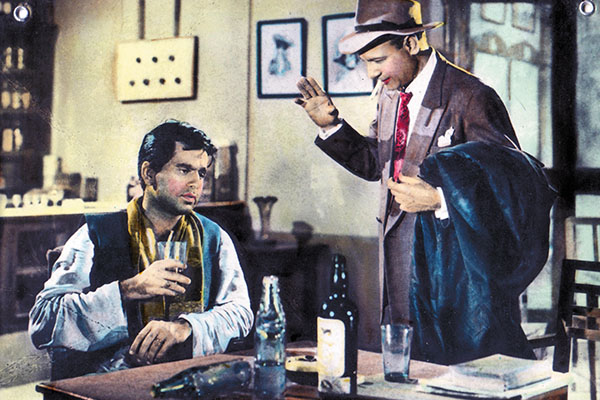
in Devdas, 1955
Drunkard, loser and a coward. Who wants to see a character like that? It was left to Dilip Kumar and his intensity to make you feel for the pathetic fellow. Devdas was an extreme performance; on the deep end of the tragedy ocean. Only an expert of the emotion, which Dilip Kumar is, could have taken the viewer there.
Naseeruddin Shah
in Sparsh (Touch), 1980
The film explores a complex relationship between a visually impaired principal (Naseeruddin Shah) of a school for such children and a teacher (Shabana Azmi). Azmi is terrific but it is Shah whose controlled performance has the right mix of rage, loneliness and, at the same time, extreme vulnerability.
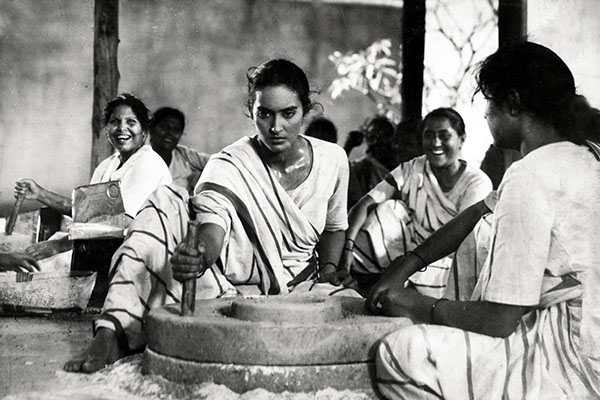
in Bandini, 1963
Nutan’s masterful performance of a jilted young woman who murders her lover’s wife in Bimal Roy’s classic is arguably the best acting by a lead actress in Indian cinema. Nutan’s genius lay in portraying a whole range of emotions without resorting to over-the-top histrionics. The pièce de résistance is the scene in which her face conveys conflicting sentiments as she is about to commit the murder.
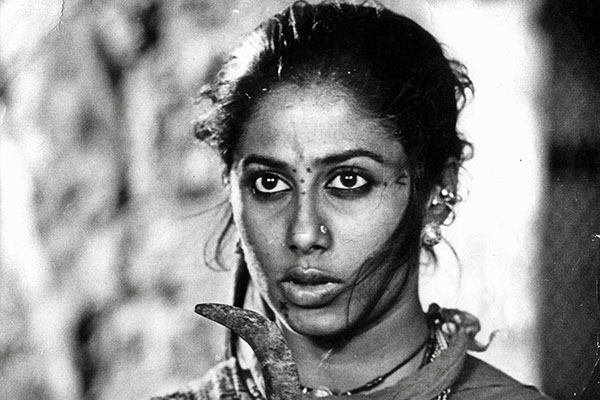
in Mirch Masala, 1987
Patil was a great actress. Many of her great performances are laser-like in focus on a few things. So Arth for instance was about vulnerability and desire. Jait Re Jait was about resilience and belief. Mirch Masala covers the entire oeuvre of her acting chops. From the low key of the early frames to the full blast upper registers in the closing stages of the film: The transformation is awesome.
Rekha
in Umrao Jaan, 1981
This is a journey back in time to the Lucknow of 1840 and your guide to the journey is Rekha’s matchless Umrao Jaan. Played with supreme poise, Rekha constructs a character that is unforgettable and heartbreaking. One wonders if the role can be ever be attempted by anyone again.
JV Somayajulu
in Sankarabharanam (The Ornament of Shankara), 1980
JV Somayajulu, an IAS officer in his 50s, plays a Carnatic musician, misunderstood for supporting the daughter of a prostitute, ignored by a society where classical music is in decline, and is being overtaken by pop music. It was a surprise hit. It opened to empty seats, gathered speed and, today, enjoys a cult status. Somayajulu played his part with such dignity and intensity that you can’t listen to any of its hugely popular songs without imagining him performing them as his sadhana.
{ Kannada }
Dr Rajkumar
in Bangaaradha Manushya (The Golden Man), 1972
A living god for all Kannadigas, Dr Rajkumar (1954-2005) plays the brother of a woman just widowed. Their older brother abandons the family, and Rajkumar is left to help rebuild it from its remains. He sends his sister’s sons to the city for higher studies and takes care of the entire household. When circumstances improve and Rajkumar himself has a family, his wife dies, and one of his sister’s sons questions his loyalty to the family. Rajkumar then leaves, without a trace. “He’s the only actor, who has done all type of roles, comedy, sentimental, historical, mythological. Whatever Rajkumar would say, people did,” says KM Veeresh, founder, chitraloka.com, a Kannada film portal. This film is considered a milestone in Rajkumar’s career, and although it did not start well, it ran for an entire year, and got some city youngsters to leave their plush jobs to take up agriculture in their villages.
{ Malayalam }
Mammootty
in Mathilukal (Walls), 1989
In 1989, there were 11 other films with Mammootty in the lead. In 1986, there were 36 films. The sheer volume never came in the way of Mammootty getting into the skin of his characters. In Mathilukal, he plays a prisoner in love with a fellow woman prisoner, who is on the other side of a wall. Directed by Adoor Gopalakrishnan, the film is based on a 1965 autobiographical novel by Vaikom Muhammad Basheer.
Mohanlal
in Bharatham, 1991
In Bharatham, Mohanlal plays a talented singer who adores his increasingly alcoholic elder brother, who also happens to be his guru. As Mohanlal’s fame rises, the elder brother first grows jealous and then becomes respectful of his talent. However, he dies on a pilgrimage, leaving Mohanlal to take care of the family, especially their younger sister who is about to get married. One of the best examples of his talent to simply live the role.
{ Tamil }
Sivaji Ganesan
in Parasakthi (Supreme Energy/Goddess), 1952
In his cinematic debut, Sivaji Ganesan (1928-2001) plays a man from Burma who visits his hometown in India to attend his sister’s wedding, only to become a victim of frauds and crooks, losing everything except his sense of justice. This plays out in a court scene towards the climax. The scene is a heady mix of sober photography, hard hitting dialogues (written by M Karunanidhi, Tamil Nadu’s former chief minister), and a passionate performance by Sivaji. His acting evolved over the years, but the core elements that defined him—he could speak a thousand words with a mere gesture, and could mesmerise audiences, like Morgan Freeman, by reading out a telephone directory—were all there.
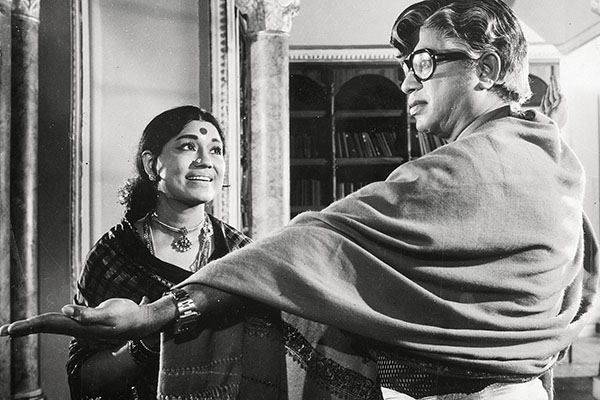
Thengai Sreenivasan in Kaliyuga Kannan
Thengai Sreenivasan / Rajinikanth
in Thillu Mullu (Hodgepodge), 1981
Rajinikanth, the superstar, is mostly known for his charisma, punch dialogues and mindboggling stunts. It’s a shame, because he is among the best comedians in Tamil cinema. There’s a bit of self-effacing comedy in almost all his roles, but nothing can match his act in Thillu Mullu, a remake of Hrishikesh Mukherjee’s Gol Maal. Even so, many believe the real hero of the film is Thengai Srinivasan (1937-1998), whose potrayal of a strict boss and a father has influenced generations of comedians.
Revathi
in Mouna Ragam (Silent Melody), 1986
Mani Ratnam explores arranged marriages, and the process of a girl settling down with a virtual stranger. The girl, a bit of rebel, moves to Delhi, where her husband works, away from Chennai, away from her conservative parents and doting sisters; she takes with her memories of a dead man from her college days. The mood shifts from the tension of an intensity that only married people can identify with, to the light-hearted comfort of the familiar joys of discovery, mostly shaped by the effortless performance of the talented actress.
in Mahanadi (The Great River), 1994
It’s not often that Kamal Haasan lets the story and screenplay overtake his performance. But when he lets it happen, it can haunt the audience for years. In Mahanadi, Haasan plays an innocent widower, a small-time businessman with a loving family whose chance meeting with a devious crook takes him down a tragic road, landing him in jail, his son with gypsies, and his daughter in a brothel in Kolkata. When his jail term is over, he goes in search of his daughter, and their meeting is one of the most poignant moments in Tamil cinema. See it once, and it haunts you forever, in a way that is both uplifting and scary.
{ Bengali }
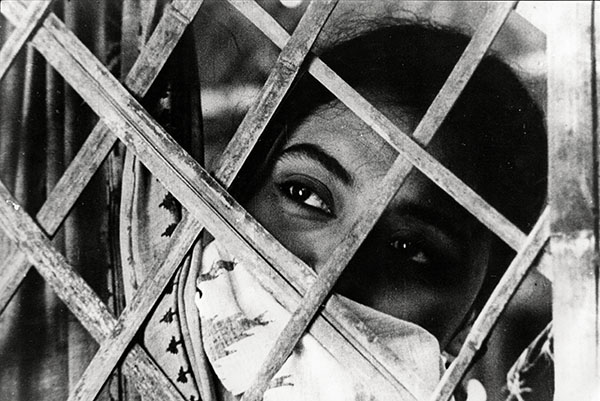
in Meghe Dhaka Tara (Cloud-Capped Stars), 1960
Nita, portrayed by Choudhury, is the sole breadwinner of a refugee family from East Bengal, living in the suburbs of 1950s Calcutta. Her family exploits her, while caring little for her own personal dreams, hardships and losses. Broken by circumstances and tuberculosis, her anguished cry ‘Dada ami banchte chai’ (Brother, I want to live) is one of the most well-recognised moments of Bengali cinema.
Soumitra Chatterjee
in Jhinder Bandi, 1961
Chatterjee is a creation of Satyajit Ray, but ironically his best performance happens to be in a non-Ray film. He’s the charming anti-hero in this adaptation of The Prisoner of Zenda, pitted against his biggest contemporary Uttam Kumar. Swordplay, wordplay and myriad emotions later, he wins this fascinating battle of superlative performances.
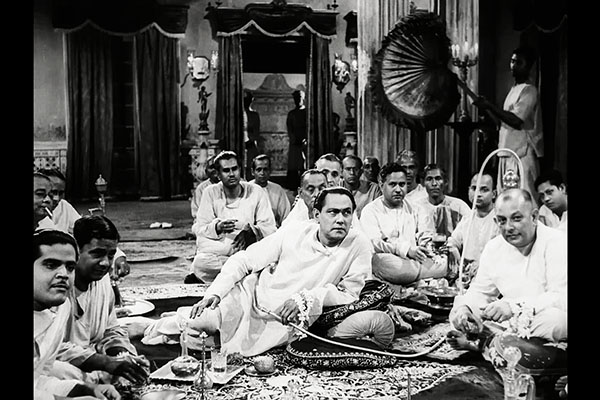
in Jalsaghar (The Music Room), 1958
Biswas plays a feudal lord unable to come to terms with his lost zamindari. He goes about inflicting self-harm in almost King Lear-esque fashion. In the closing sequence, a flawless Biswas—soaked in vanity and part insanity—is jubilant after cutting his nouveau-riche neighbour (a paradox to his own privileged class) to size during the last of his grand jalsa. That moment seals his fate and the performance.
Uttam Kumar
in Nayak (The Hero), 1966
Arindam is a hugely successful and arrogant film star who reluctantly takes a train to Delhi to receive a prestigious award. During the journey, he inadvertently pours out details of his life—a brittle, insecure existence behind the glamorous public image—to a sensitive and intelligent journalist (Sharmila Tagore). The niggling question is: Did Kumar, the biggest matinee idol of Bengali cinema, simply play himself?
Ananya Chatterjee
in Abohomaan, 2010
She plays three different selves and her effortless transitions from one to the other testify her versatility and acting prowess. In a memorable scene, she lies unceasingly to the most eminent filmmaker in town who’s called her for an audition. She leaves everyone speechless and you know she’s arrived, both on screen and off it.
{ Marathi }
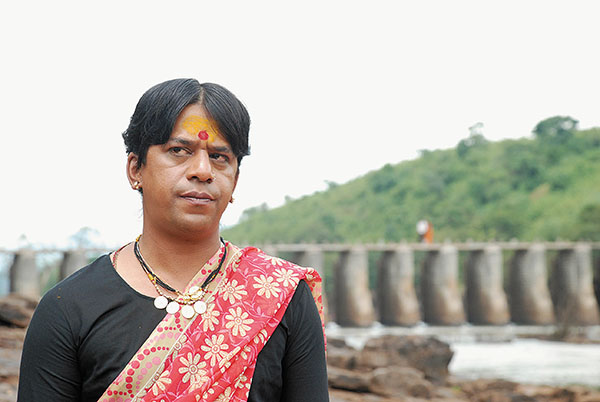
in Jogwa (The Awakening), 2009
The national award winner features Limaye who is given away by his parents to the service of goddess Yellamma. He plays a Jogta, a person who begs in the name of the goddess, is treated as a sex slave, taken advantage of by the ruling classes. A Jogta has to stop feeling like a man, wear a sari and live a life without desires. Limaye goes through a range of emotions from being subdued to extreme anger. He is able to convey the searing emotional conflict of a man forced to live like a woman by falling in love with a woman.
Nilu Phule
in Samna, 1975
Phule plays Hindurao Dhonde Patil, a zamindar who treats the village like his personal fiefdom. He represents the old, feudal system of the co-operative and sugar lobby. One day, he meets a beggar (Shreeram Lagoo) and is impressed by his straight talking and his ability to stand up to him. He takes care of the drunkard but is not able to answer all the questions raised by him. Phule’s cruelty is subtle: He does not commit acts of gruesome violence or delivers crass dialogues; his presence is enough to fill you with revulsion.



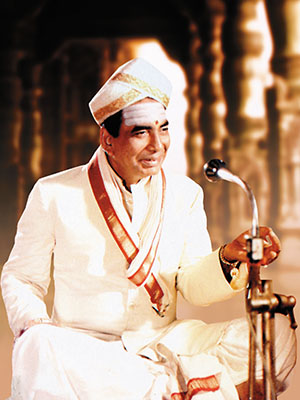


0 Comments